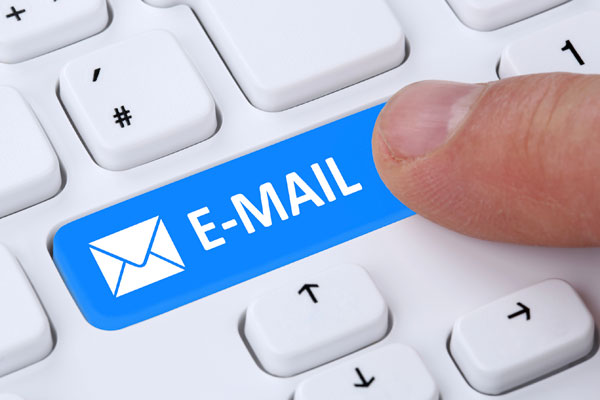Sending the Email Is Not the Final Step

Article Highlights:
- Best practices for what to do after you send your emails.
- "Work toward becoming a reputable business that sends emails of value."
In the previous three articles we covered best practices to follow before sending an email. Today we’re going to examine best practices for after you hit the send button.
Once you send an email, a variety of things can happen on the other end. No matter how well crafted the content of your email, the reality is there’s no guarantee the recipient will open it.
Fortunately, there are solutions available that track what happens to sent emails, such as Reynolds’ FOCUS. Utilizing a solution will assist you in measuring the success of your email approach. Let’s look at some of the email analytics these solutions measure and what you can do about them:
Delivered But Not Opened:
The email you sent didn’t come back undelivered, also known as a bounce; however, this does not automatically mean your email reached the recipient’s inbox. It’s possible your email was delivered, but sent straight to the junk folder. Or, the email could be left in the recipient’s inbox ignored and unopened.
What you should do: First, go back and look at the unopened messages. See if you can figure out why they weren’t opened. Since most email programs show the recipient, the subject, and first line of the message, what could you have done to make them stronger and more relevant to the customer? Compare the unopened emails to the messages with a high open rate. Use this analysis to improve future email campaigns.
Also, it might be a good idea to follow up with these customers on the phone. This will show you are serious about doing business with them, while giving a personal touch that is absent in so many of today’s business transactions.
Opted Out:
Upon receiving your email, the recipient requested you to stop sending emails.
What you should do: Never send another email to this address again! By law, you must respect the wishes of the consumer by ceasing all future email correspondence. Sending just a single email to someone who opted out can result in a hefty fine.
Marked as SPAM:
This occurs when the receiver manually marks your email as SPAM. If too many of your emails get marked as SPAM, it can lead to an Internet Service Provider (ISP) blacklisting you or your company.
What you should do: Major ISPs constantly monitor what you send. They look for characteristics and trends that match SPAM criteria. To decrease the chance of an ISP flagging you, only send mass emails 1-2 times per month.
Additionally, keep clients who’ve received a mass email within the past 90 days off the distribution list of the next mass email. Neglecting to take these precautions will lead to ISPs blacklisting you with the dubious title of “frequent SPAM sender.”
Consider sending certain emails through an OEM or a third party marketing solution to safeguard against blacklisting. My recommendation is, when a consumer marks an email as SPAM, treat this situation as if the individual opted out – avoid sending further emails to them.
Bad Addresses:
The list above only explains what can happen to your emails that actually reach the targeted address. Keep in mind an email may not even reach the recipient due to a bad address and/or domain.
What you should do: Check to make sure you entered the email address correctly. If an address is bad, the ISP won’t deliver your message and will inform you it was undeliverable. Maintain up-to-date notes for situations like this.
Conclusion
In a perfect world, consumers would open every email you send. But since we know this isn’t the case, you must be prepared to take the proper steps when an email isn’t opened.
You don’t want your dealership known as just another business, aimlessly sending emails only good enough for the trash bin. Work toward becoming a reputable business that sends emails of value. Analyzing your email results and following these email best practices will go a long way in helping you maintain credibility and a great reputation!
For more information on dealership best practices, contact Reynolds Consulting Services at 888.204.6092 or send us an email, consulting@reyrey.com
Related Articles:

The Future is Here, and It’s Powered by AI
The world changed forever in 1983. Most people weren’t ready for the internet revolution. In 2025, we’re on the brink of another technological revolution.

NADA 2025: Working in a Winter Wonderland
This year's show proved that the auto industry can handle anything. If you couldn't make it, find out what happened in the Reynolds booth.

NADA… the Catalyst for 2025: What’s Ahead for Reynolds
With the NADA show now behind us, take a peek at where Reynolds is headed this year.

Why Your Data Is Wickedly Underutilized
In today’s digital world, your data is your most valuable factor for success, especially your first-party data. But the thing is, there’s potential for it…















